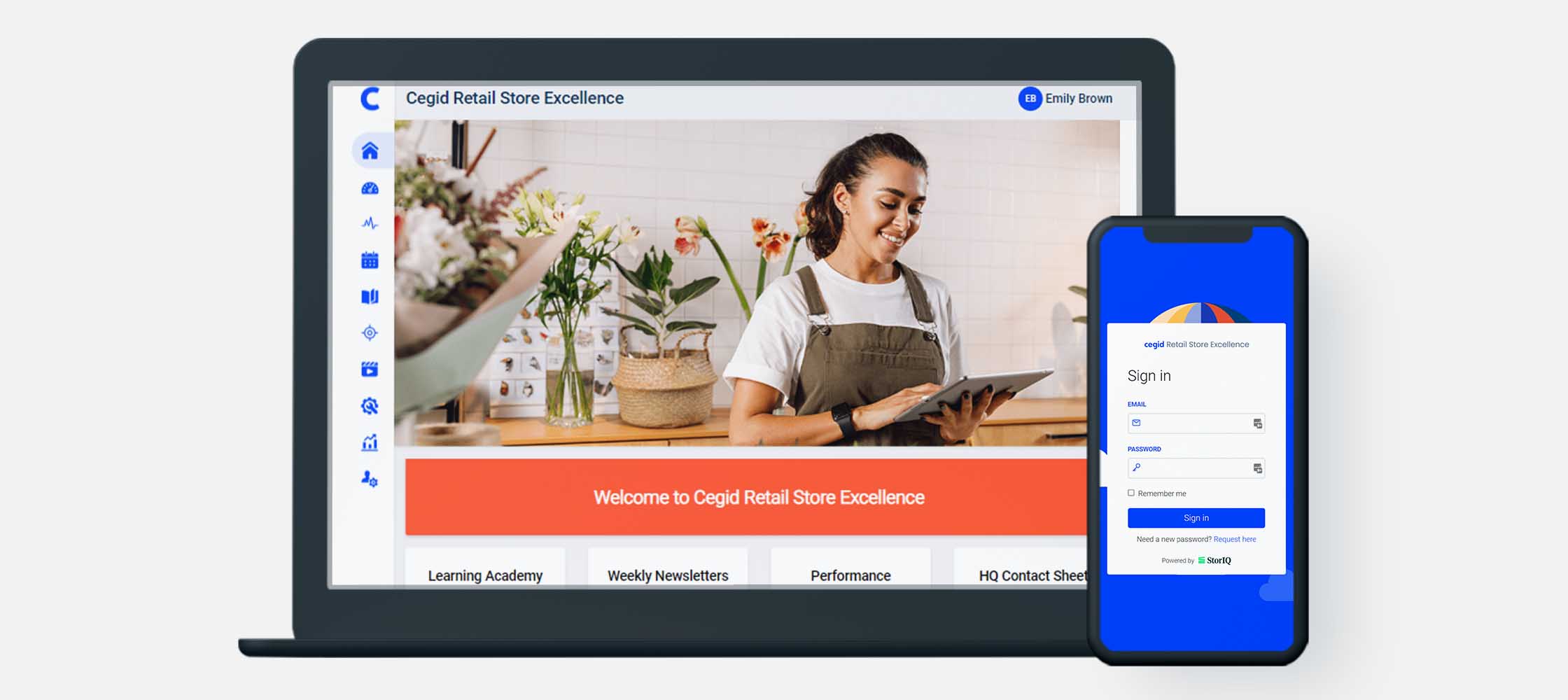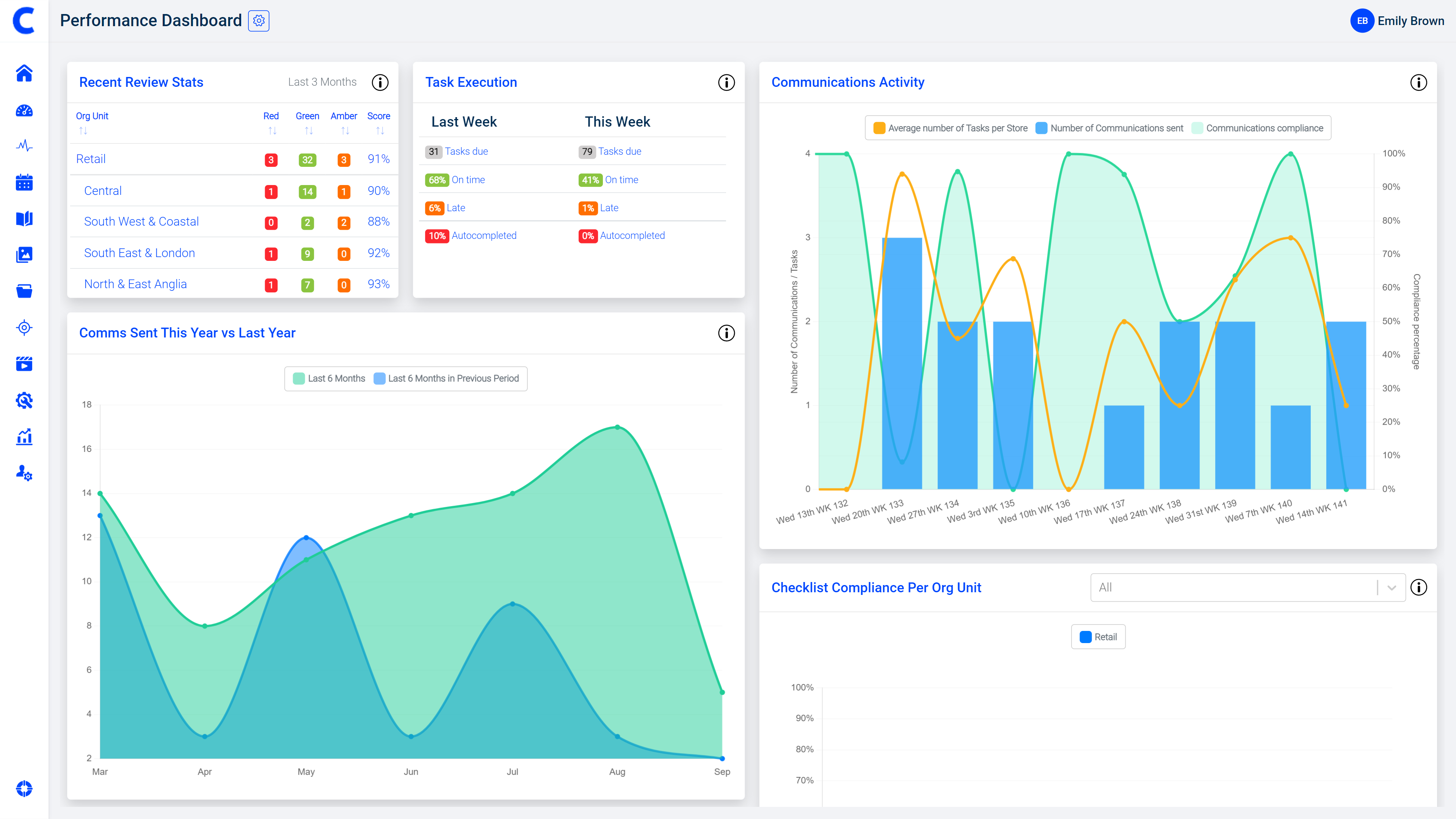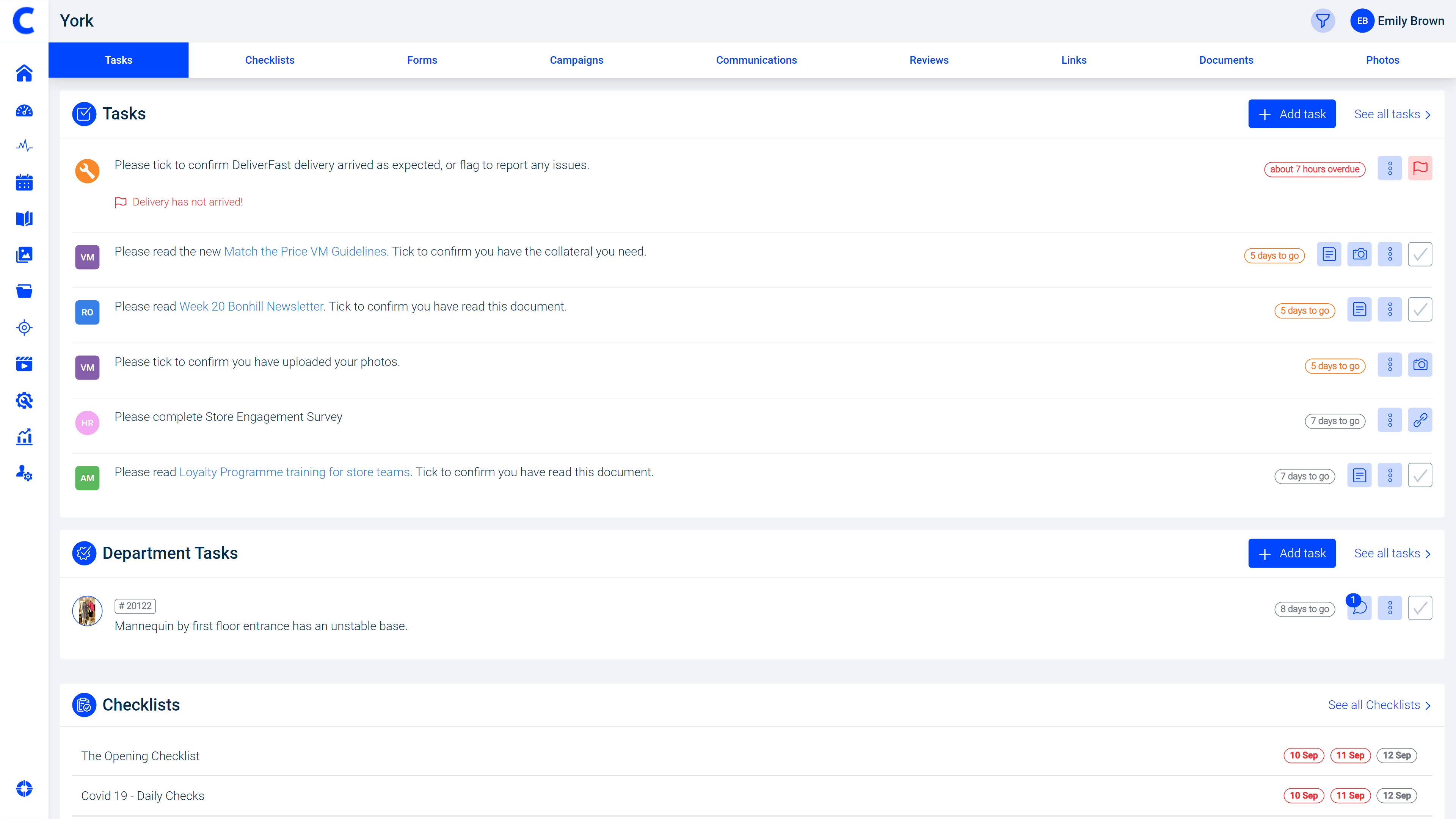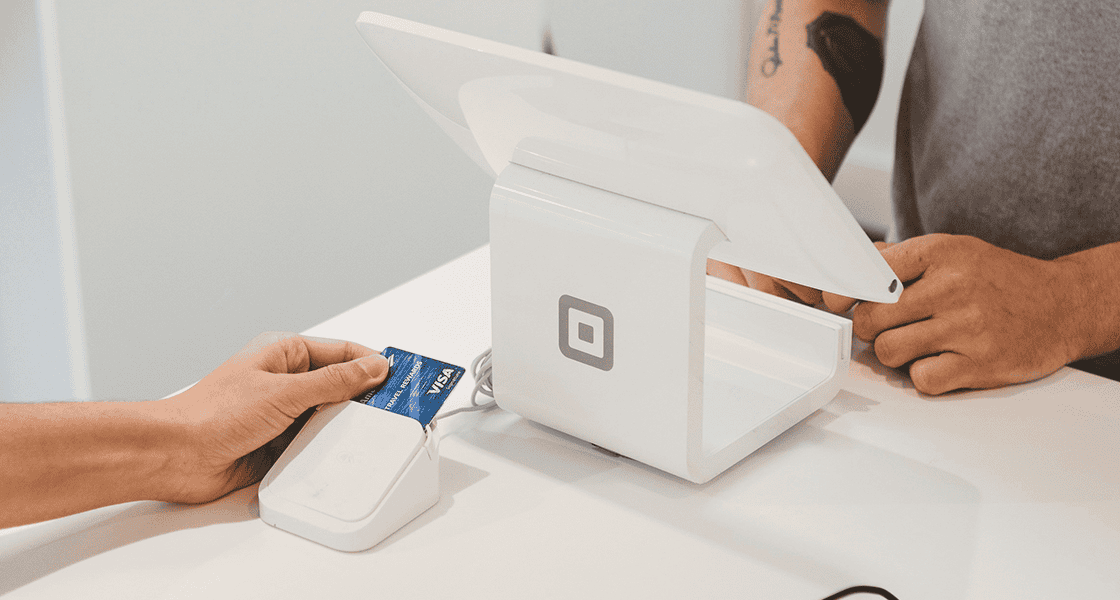Retail & Distribution
Retail Operations Metrics – reporting that matters
14 October 2016

Units per Transaction, Average Sales per Transaction and Year-over-year Percentage Change in Sales are common bricks and mortar performance metrics.
They’re the figures that store KPIs are based on – but financials are essentially ‘after-the-fact’. They tell you how your stores are doing but unlike retail operations metrics, they don’t tell you what you need to do to influence store performance.
Non-financial metrics like audit scores, task completion and VM compliance, help to pinpoint specific operational issues that have an immediate actionable solution. Even incremental improvements in in-store execution, brand compliance and quality standards can result in better customer experience and more sales. Retail teams need a single platform for more efficient and effective operations. Retail operations software, such as Cegid Retail Store Excellence is developed to streamline store operations and make retail operations metrics easy to access.
Here are the metrics you should be gathering from your store portfolio:
Store Audit Scores
How has each store performed in their latest store audit? Are these audit scores tracked over time?
Structured store audit templates can produce plenty of useful operational metrics. But for now, we’ll focus on the average total score of a store visit review.
* Why is this metric important?*
A store visit is the best way to understand your retail estate. Area Managers are the link between head office and and store teams and they have the ability to identify issues in-store and put immediate measures in place. Average store audit scores can help uncover potential issues at a glance. The data can be compared against financial metrics as well as benchmark stores and uncover best practice.
Click to learn how to set up a store visit checklist

Task Completion And Response Rate
How long does it take your store teams to complete tasks – or are they even completing them at all? How does task completion vary between stores and regions?
* Why is this metric important?*
Store team efficiency is vital. How else can you manage a store portfolio and deliver your retail strategy? The instructions you give to teams must be relevant, quick to access and easy to understand. Often tasks get lost in mountains of store communication. Communications are often sent at high volume, using different channels and multiple formats. Tasks are communicated via email, phone call, text, newsletters and company memos. This can be confusing and time-consuming for the store team who should be spending the majority of their time interacting with customers.
A single platform simplifies task management and allows head office to track task completion – a simple way to gauge operational performance.
Response Compliance To Information Requests From Head Office
Electronic surveys are used widely within retail to gather information and feedback from stores. And they’re very easy to do. Set up a form, define the questions you want your stores to respond to, click send and voilà! As stores complete the form, the data is compiled in one place and can be reviewed instantly.
* Why is this metric important?*
When a survey is sent, you want to be able to review the data very quickly, particularly if it’s business critical trading data. Knowing which stores have completed the survey and which stores haven’t can help schedule follow ups and highlight operational issues.
Compliance To Requests For Photos From Head Office
Digital image sharing within a retail portfolio is common. If there’s a new season launch then a photos from your store team is a quick and easy way to check campaign compliance. Unfortunately, most retailers don’t use purpose built tools to share photos, so it’s difficult and time consuming to monitor photo submission.
* Why is this metric important?*
The rate at which your stores respond to requests for photos is a strong indicator of the efficiency of the store team.
Here is a screenshot of a report showibf photo upload compliance for a campaign. This data makes it very easy to follow up with stores to request missing photos:
Number And Frequency Of Reviews Conducted By Your Area Managers, For Each Store Over A Given Time-Period
* Why is this metric important?*
This is self-explanatory, however we’re surprised by how few retailers monitor this metric. Knowing when your AMs have conducted a store visit and being able to access the outcomes instantly is obviously beneficial to the retail operations team. Likewise, knowing how often AMs visit their store portfolio is valuable data.
Checklist-based store reviews and communication with Store Manager are the key to identifying potential issues before they become a problem. If you have a nonperforming store that has a low frequency of Area Manager store visits, then you know that the immediate action is to schedule a visit. Why wait for poor financial performance?

In summary:
Senior Management will monitor financial performance metrics and other ‘indicators of success’ such as footfall and customer dwell time. These metrics can be abstract and don’t reflect what’s happening at store level. We believe that these metrics are only valuable when looked at alongside operational metrics, which indicate the underlying drivers for store performance. Retail operations metrics track your store and field team’s day-to-day activity and store standards. When used correctly, they can uncover actions that need to be taken in order to influence store performance.
Want to learn more about Cegid Retail Store Excellence reporting? Why not schedule a demo?
Interested in a product demo, more information or to become a reseller?
Get in touch with our experts today
Our recommended articles


Retail: how to adapt to the current economic situation?
Article 22 July 2024 5 min

Navigating the transition: what retailers should do as Workplace by Meta Sunsets
Article 20 June 2024 3 min